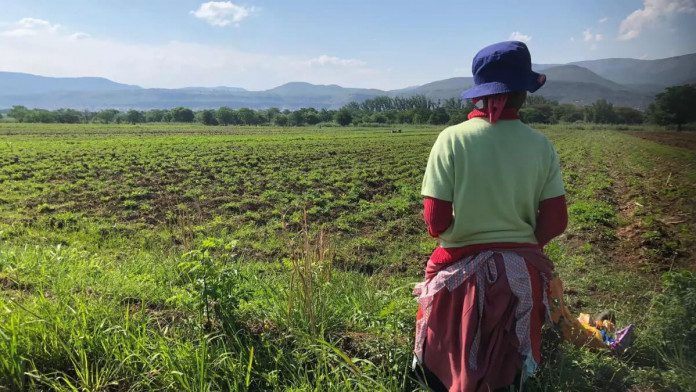News in Brief:
– A new initiative in KwaZulu-Natal, a province in South Africa, is providing farmers with access to communal land and resources to improve livestock quality and agricultural production.
– The project aligns with national efforts to broaden land access and establish an Agricultural Development Agency to address land reform challenges.
Farmers in KwaZulu-Natal’s Ugu and Harry Gwala districts of South Africa, are poised to benefit from a new project aimed at alleviating poverty and boosting the province’s agricultural sector.
The initiative leverages 2,000 hectares of land set aside by the Amakhosi, who are tribal leaders in the region. KZN MEC (Member of the Executive Council) for Agriculture and Rural Development, Super Zuma, recently distributed breeding bulls and farming equipment to the chiefs for the use of local farmers.
Additionally, Zuma highlighted the project’s potential to improve the genetic quality of cattle in rural areas, leading to increased red meat production and trade within the province. He noted to the press that this aligns with the provincial Agri-Hub strategy. The project seeks to integrate small-scale farmers into commercial agriculture.
Meanwhile, this helps the national focus on broadening access to agricultural land, crucial for both commercial and subsistence farming. To address challenges in land reform, President Cyril Ramaphosa announced the creation of the Agricultural Development Agency (AGDA) in 2021. The agency is envisioned to collaborate with the government on various agricultural issues, including skills development and facilitating land reform implementation. President Ramaphosa previously acknowledged threats to the agricultural sector, such as land degradation, water scarcity, and urban encroachment.
However, delays have plagued the launch of AGDA, which would oversee the distribution of government-owned land to qualifying beneficiaries with proper title deeds.
While progress on AGDA remains slow, Zuma reaffirmed the department’s commitment to supporting rural communities. He distributed farming implements like tractors, fencing materials, animal handling facilities, and plans for dip-tank and borehole construction to local agricultural cooperatives.



